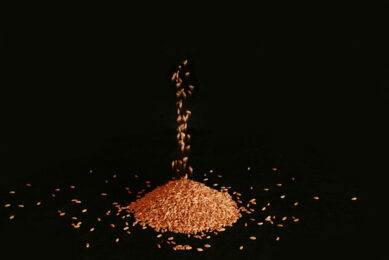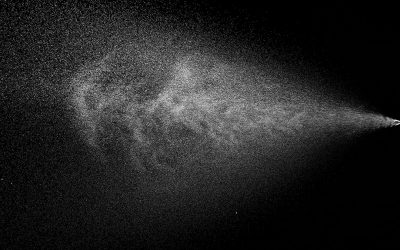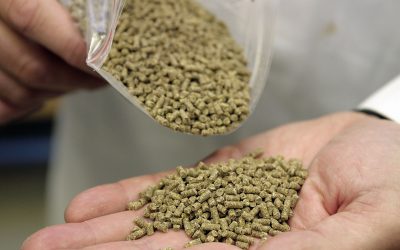NIR of unground samples better reflect variety
NIR results of unground samples better reflect true actual variation in every sample of any given product. They have a more accurate value for the original sample/product than the analytical results from ground samples. Let me explain why.
NIR results of unground samples better reflect true actual variation in every sample of any given product. They have a more accurate value for the original sample/product than the analytical results from ground samples. Let me explain why.
Most people accept a single analytical result as absolute and representative of the consignment or production batch. There is often not an understanding of the true variation that occurs within a product.
To get the most value from an analysis and decide on actions based on the results, it is important to know the actual variation that can occur for that specific product and also the factors that can contribute to variable analytical results.
Recently, an extensive analytical exercise was conducted on a large amount of raw materials and final products to evaluate the variations that exist and factors causing those variations within these products/ingredients.
A large representative sample was taken from each product. Each sample was well mixed and 50 different unground portions of that sample were scanned separately on a NIR analyzer and also sent to an accredited laboratory for analyses of all relevant components.
From the data it was concluded that the NIR results for the various components were much more repeatable (lower standard deviation) and therefore varied less than the laboratory’s chemical results.
A major reason for this can be due to the fact that the variation created in the laboratory due to grinding and other steps in the analytical process has been eliminated when analysing unground samples through the NIR.
To further demonstrate the effect of grinding, repeated chemical analyses were also done on a small portion of ground samples. This would illustrate how the actual nutrient content of a ground sample will vary from its original unground sample after performing all the normal steps (including grinding) during the chemical analytical process.
When the chemical results of these ground samples were compared to each other an expected smaller variation was experienced than with the unground samples due to the more homogenous nature of the final sample at the time when it was analysed just after grinding.
In practice however, the greater variation experienced in the laboratory results on unground samples is not, as often believed, a reflection of poorer sample representation due to less homogeneity.
Because the unground samples are analysed "as is", the difference to ground values actually indicates the undesirable variation that is created as a result of additional handling and grinding of the original sample before analyses.
Therefore, unground samples are more representative of the true actual variation that exists in every sample of any given product and is therefore a more accurate value to be used for the original sample/product than the analytical value that is reflected by ground samples.
Another advantage with NIR analyses is that a much larger portion of the sample is scanned on the NIR, which results in a better representation of the whole sample or batch.
Human error of handling, weighing and various other analytical handling procedures are also not present in NIR analyses.
Finally, it must be noted that some NIR equipment also require grinding before product can be analysed, which will result in similar problems experienced during the wet chemistry process in that the result will not represent the true value of the original product.











